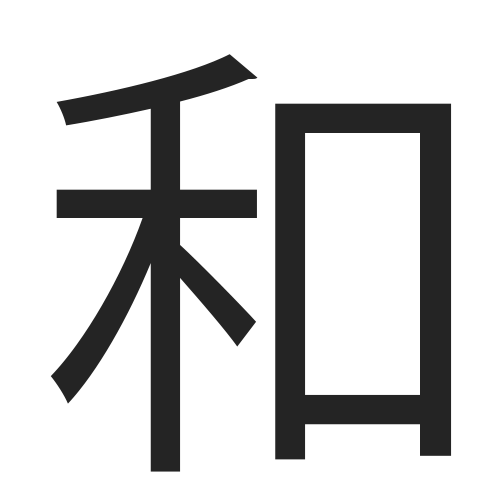
A key Japanese concept essential for fully appreciating anime is wa (和), translated as “harmony.” This refers to peaceful unity and accord within a social group, where members prioritize the community’s well-being over individual interests. While this sounds inherently positive, wa’s application in anime narratives often reveals its darker implications—serving as a lens through which creators explore social pressure, exclusion, and silence.
The Mechanics of Wa in Anime
Wa fosters a heightened awareness of social appearance, known as sekentei (世間体), making individuals feel constantly under observation. This creates what might be called “atmospheric conformity”—the pressure to read the room (kuuki wo yomu) and align with group expectations. In anime, this manifests in familiar scenarios: disciplinary committee members scolding students for dress code violations, teachers confronting students about hair color, or entire classes watching silently as someone is ostracized.
These seemingly minor infractions represent something larger in the wa framework: deviation threatens group stability. The response isn’t typically individual confrontation but collective exclusion designed to restore balance. When bullying occurs in this context, bystanders remain silent not just from fear of becoming targets, but because intervention itself would disrupt the group’s harmony-seeking process.
Cultural Contrasts in Conflict Resolution
This creates a fundamentally different dynamic from Western approaches to social conflict. While both cultures certainly experience bullying and ostracism, the mechanisms differ significantly:
Group conformity enforcement vs. individual hierarchy enforcement. In wa-influenced environments, bullying often serves as collective boundary-setting—the group mobilizes to exclude those who threaten perceived harmony. Western bullying, while equally harmful, typically stems from individual power dynamics where aggressors seek personal empowerment through domination.
The bystander response also differs. Western cultural values, with their emphasis on individual agency, create more mixed reactions—some may side with aggressors for personal advantage, but others are culturally primed to intervene on behalf of victims. The wa system, conversely, discourages intervention that might further disrupt group equilibrium.
This isn’t to suggest Western approaches are superior—both systems have serious flaws and create victims. However, the wa framework can make seeking help more difficult, as doing so requires breaking the very harmony the system aims to preserve.
From School to Workplace: Wa’s Expanding Influence
These dynamics extend beyond school settings into Japanese workplace culture, particularly in what anime often depicts as “black companies” (burakku kigyō). Consider how many isekai protagonists find themselves in other worlds after being literally worked to death—this isn’t just fantasy hyperbole but commentary on real workplace pressures.
In these environments, wa manifests as loyalty expectations that discourage whistleblowing about unpaid overtime, power harassment, or sexual misconduct. Workers endure these conditions partly due to economic necessity, but also because challenging the system would disrupt workplace harmony. The individual’s suffering becomes acceptable collateral damage for maintaining group cohesion.
Anime That Illuminate Wa’s Shadow Side
Several anime series masterfully explore these themes:
A Silent Voice demonstrates collective exclusion in action. Shōko Nishimiya’s deafness makes her a “disruptive” presence, leading to class-wide bullying that teachers ignore. When Ishida, Shōko’s bully, later faces ostracism himself, we see how wa operates through collective exclusion—the group restores balance by designating scapegoats.
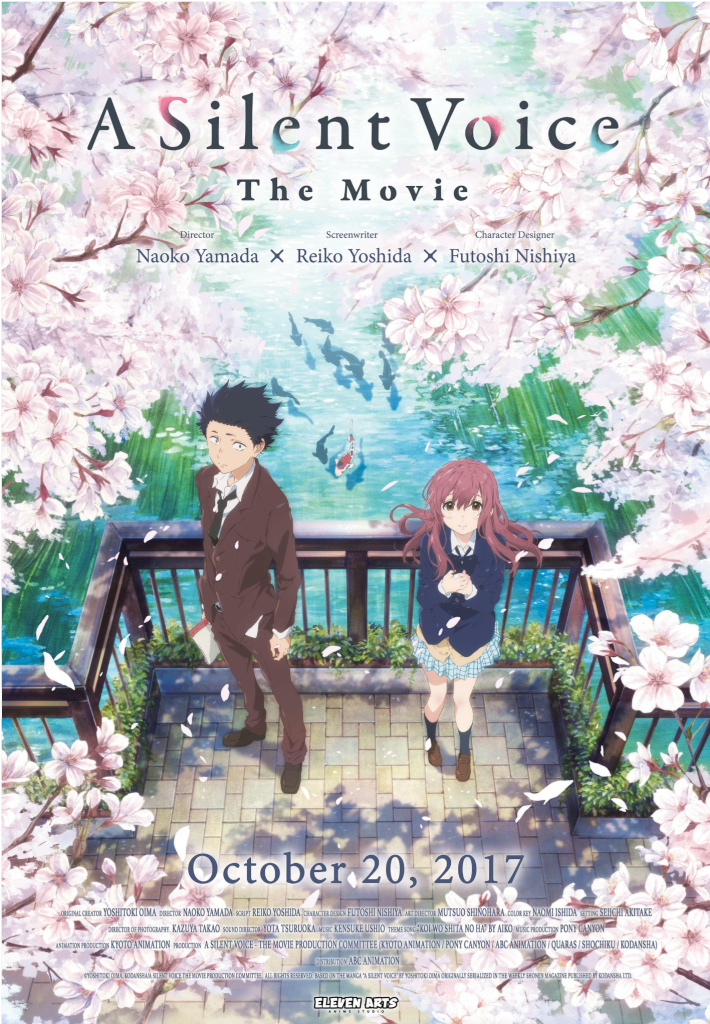
A Silent Voice (© Yoshitoki Ōima / KODANSHA, Kyoto Animation / A Silent Voice Production Committee. Licensed in the U.S. by Eleven Arts/GKIDS). Used for editorial purposes.
March Comes in Like a Lion shows the cost of breaking wa when Hinata defends a bullied friend. Her classmates’ silence and some teachers’ inaction emphasize the social danger of “making waves,” while highlighting the courage required to prioritize individual conscience over group harmony.
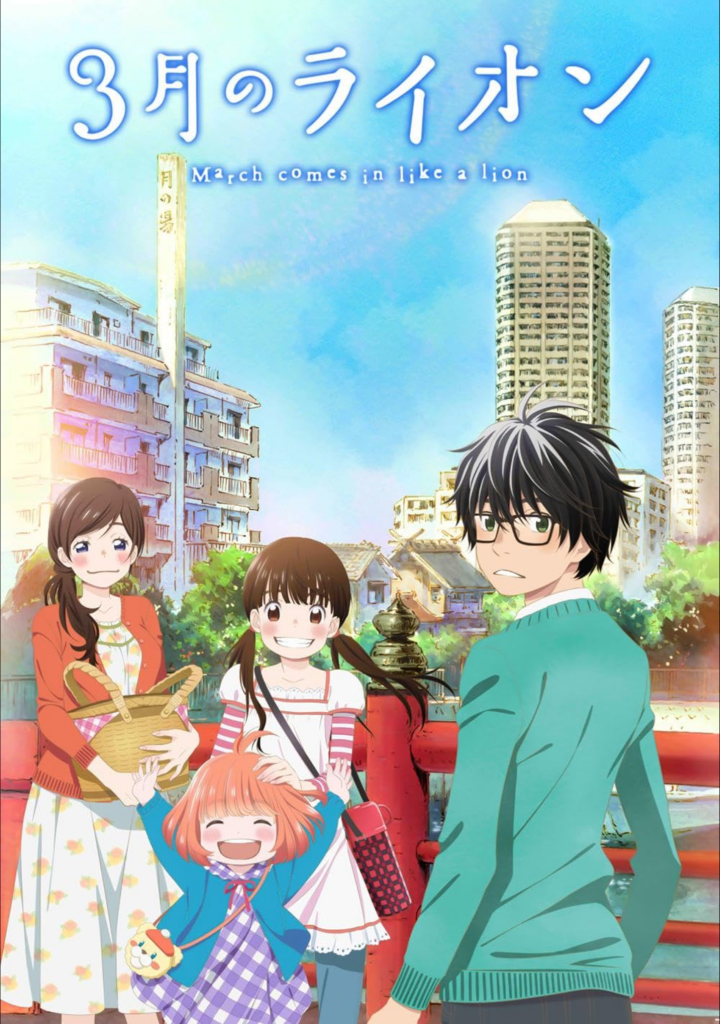
March Comes in Like a Lion (© Chica Umino / Hakusensha, 3-gatsu no Lion Committee. Licensed in the U.S. by Aniplex of America. Streaming on Crunchyroll.) Used for editorial purposes.
Paranoia Agent takes this concept to surreal extremes, with communities scapegoating the mysterious “Shōnen Bat” as a pressure release valve. Rather than addressing underlying issues, society preserves harmony by projecting problems onto external figures—wa as collective denial mechanism.
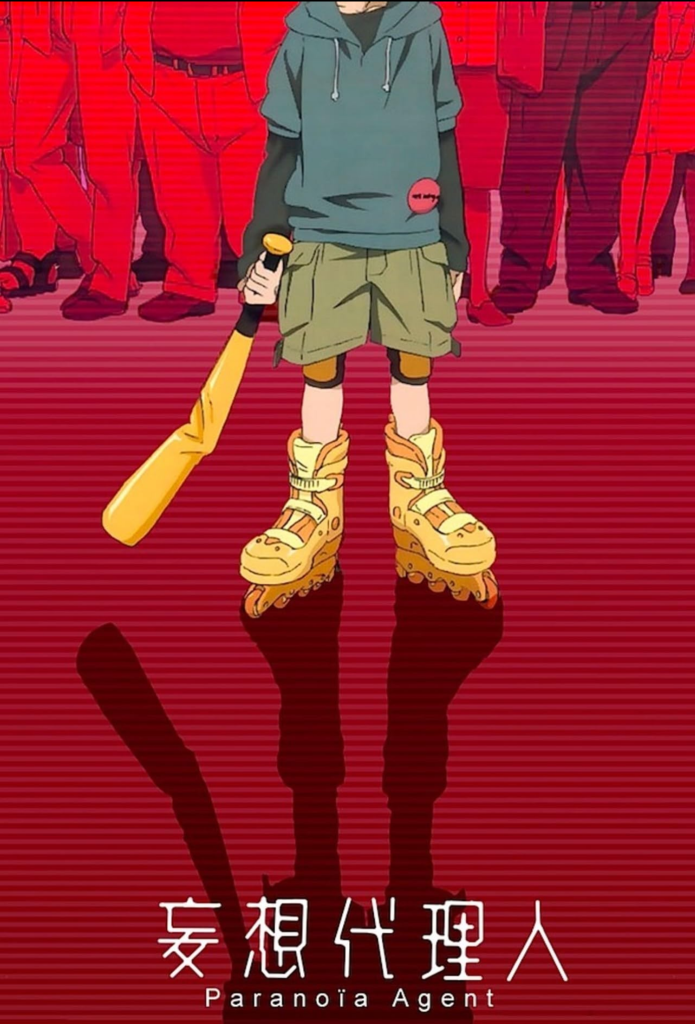
Paranoia Agent (© Satoshi Kon, Madhouse / Paranoia Agent Committee. Licensed in the U.S. by Crunchyroll & Warner Bros. Discovery.) Used for editorial purposes.
Aggretsuko, despite its Sanrio origins, offers sharp workplace commentary. Retsuko endures harassment and unpaid overtime because challenging these conditions would disrupt office harmony. Her death-metal karaoke sessions symbolize the tension between enforced wa and suppressed honne (true feelings).
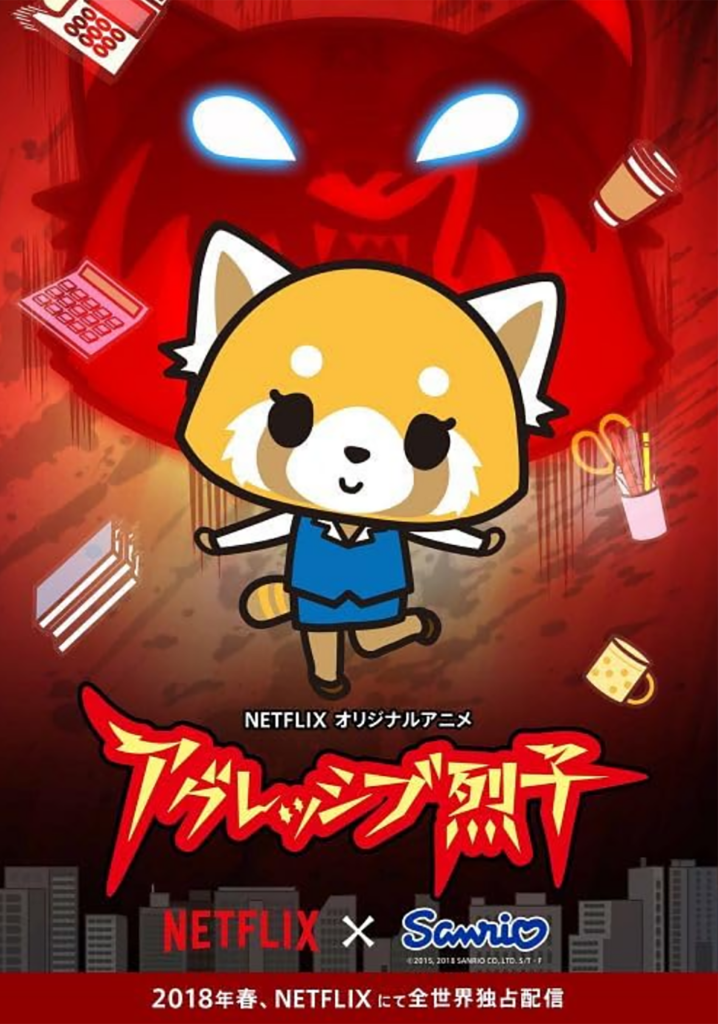
© Sanrio Co., Ltd. / Netflix. Used for editorial purposes.
Psycho-Pass presents dystopian wa, where the Sibyl System enforces conformity by labeling deviants as “latent criminals.” Here, social harmony becomes totalitarian control, showing wa’s potential extremes when taken to logical conclusions.
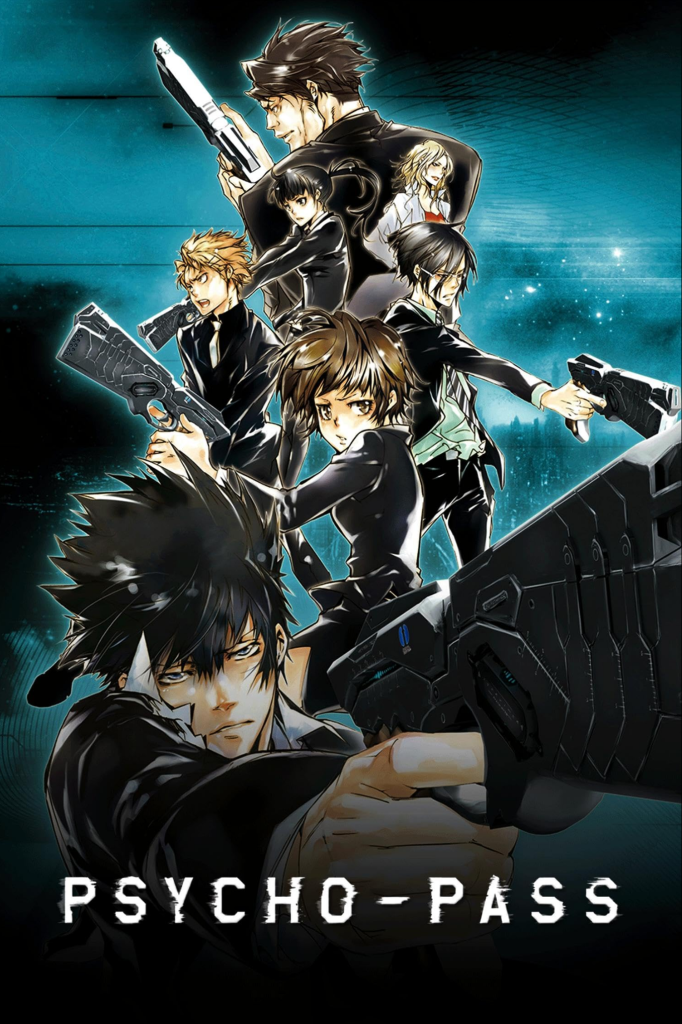
Psycho-Pass (© Psycho-Pass Committee. Licensed in the U.S. by Crunchyroll and Aniplex of America.). Used for editorial purposes.
The Double Edge of Social Technology
Wa isn’t inherently negative—it serves as social technology that enables remarkable cooperation and mutual support within Japanese communities. However, anime often focuses on its shadow side because these stories resonate with audiences who recognize the system’s costs. When harmony becomes the paramount goal, it can justify exclusion, silent suffering, and perpetuate exploitation.
Understanding wa helps decode why certain anime tropes feel so emotionally charged and why characters’ struggles with conformity versus authenticity carry such weight. These aren’t just individual coming-of-age stories—they’re explorations of fundamental tensions within a social system that prioritizes collective harmony, sometimes at devastating personal cost.
For anime viewers, recognizing wa’s influence enriches our understanding of character motivations, plot developments, and the cultural conversations these stories engage. It reveals how seemingly simple school or workplace dramas often carry deeper commentary about the price of social cohesion and the courage required to break harmful cycles—even when doing so threatens the very harmony that holds communities together.
Your friendly old otaku at Old Otaku’s Notebook